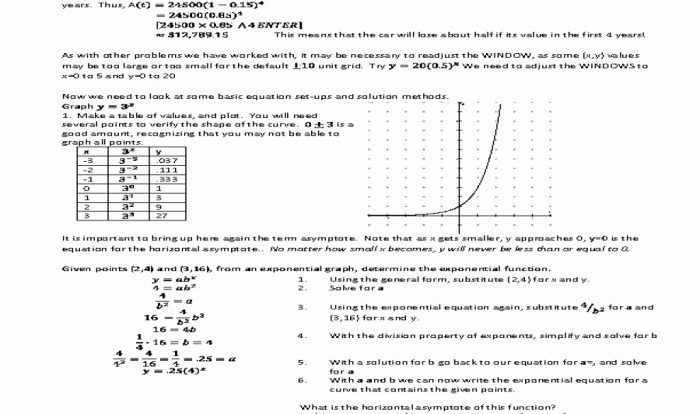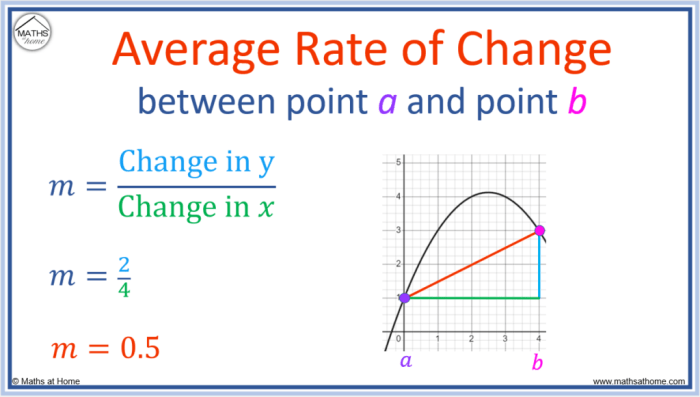Round 98 to the nearest ten and embark on a mathematical adventure that unveils the secrets of rounding numbers. This guide will navigate you through the ins and outs of rounding, leaving you with a newfound understanding and appreciation for this essential mathematical concept.
Rounding numbers, particularly to the nearest ten, plays a crucial role in various real-world applications, from financial transactions to scientific calculations. It simplifies complex numbers, making them easier to work with and interpret, while still retaining their essential value.
Rounding to the Nearest Ten
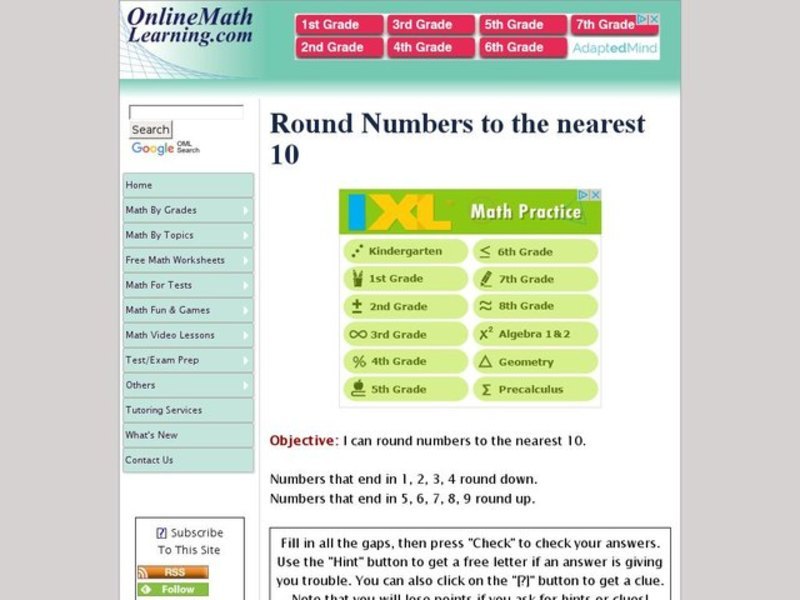
Rounding to the nearest ten involves adjusting a number to the closest multiple of ten. This is a useful technique for simplifying numbers and making them easier to work with, especially when dealing with large datasets or when precision is not crucial.
Examples
- Rounding 23 to the nearest ten gives 20, as 23 is closer to 20 than to 30.
- Rounding 57 to the nearest ten gives 60, as 57 is closer to 60 than to 50.
- Rounding 105 to the nearest ten gives 110, as 105 is closer to 110 than to 100.
Significance
Rounding to the nearest ten has practical applications in various fields, such as:
- Data analysis:Simplifying large datasets for easier analysis and visualization.
- Estimation:Providing quick approximations of quantities or measurements.
- Financial calculations:Rounding currency amounts for budgeting and accounting purposes.
- Everyday use:Approximating distances, time durations, and other quantities in daily life.
Methods for Rounding to the Nearest Ten
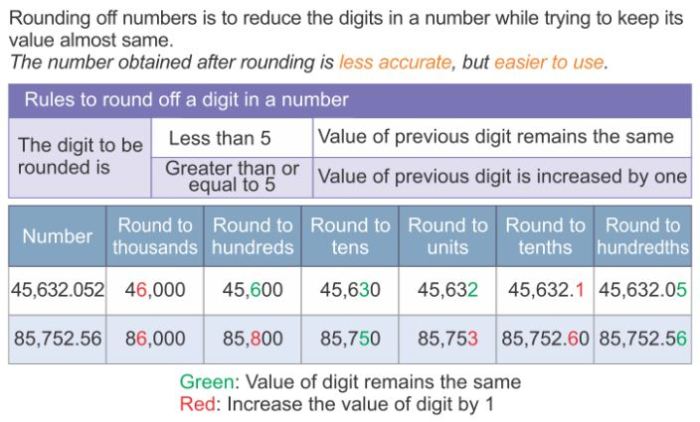
Rounding to the nearest ten is a fundamental skill in mathematics that helps us estimate values and simplify calculations. There are several methods for rounding to the nearest ten, each with its own advantages and applications.
Traditional Method
The traditional method of rounding to the nearest ten involves looking at the digit in the tens place. If this digit is 5 or greater, we round up to the next ten. If it is less than 5, we round down to the previous ten.
Rounding 98 to the nearest ten gives us a nice, even 100. Speaking of festivities, have you heard about the cinco de mayo escape room ? It’s a thrilling experience that’ll test your wits and make you feel like a true adventurer.
And when you’re done with the escape room, you can round up your experience to the nearest ten and give yourself a well-deserved pat on the back for a job well done!
Using a Number Line
A number line can be used to visualize the rounding process. We place the number we want to round on the number line and then determine which multiple of ten it is closest to. For example, if we want to round 47 to the nearest ten, we would find the point on the number line that is closest to 47. This point is 50, which is the nearest multiple of ten to 47. Therefore, we would round 47 up to 50.
Alternative Methods
In some cases, we may need to use alternative methods for rounding to the nearest ten. For example, if we want to round a number that ends in 5, we can round either up or down depending on the situation.
In general, we round up if the next digit is greater than or equal to 5, and we round down if the next digit is less than 5.
Rounding 98 to the Nearest Ten
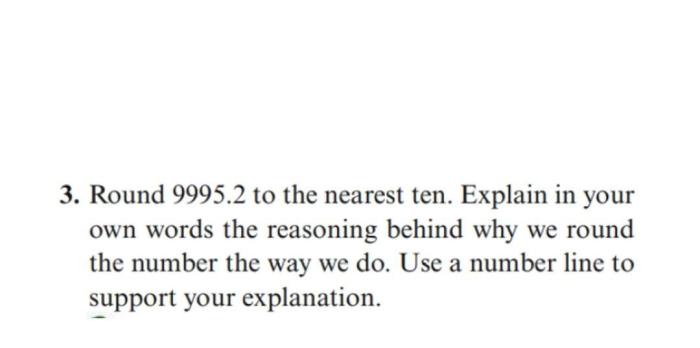
Rounding a number to the nearest ten means finding the closest multiple of ten to that number. To round 98 to the nearest ten, we need to determine whether it is closer to 90 or 100.
Step-by-Step Guide
- Identify the digit in the tens place:The digit in the tens place of 98 is 9.
- Compare the digit in the ones place to 5:The digit in the ones place of 98 is 8, which is greater than 5.
- Round up:Since the digit in the ones place is greater than 5, we round 98 up to the next multiple of ten, which is 100.
Therefore, 98 rounded to the nearest ten is 100.
Applications of Rounding to the Nearest Ten: Round 98 To The Nearest Ten
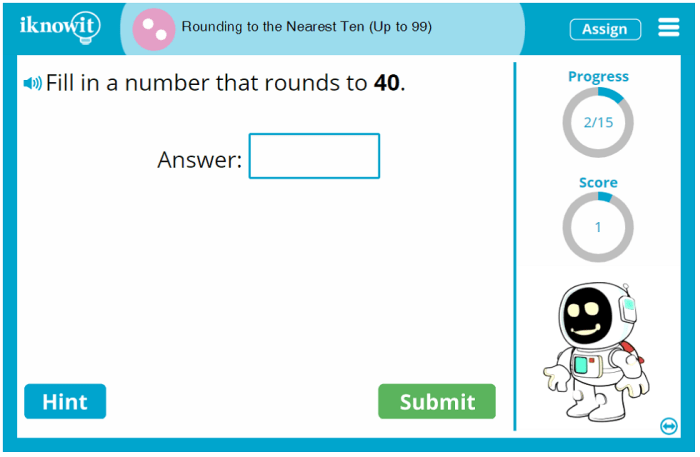
Rounding to the nearest ten is a valuable skill with numerous real-world applications. It simplifies calculations, enhances readability, and provides a quick approximation of values.
Financial Transactions
In financial transactions, rounding is used to simplify calculations and make values easier to understand. For instance, when calculating a sales tax, the total amount is often rounded to the nearest ten cents for ease of computation. Similarly, in retail settings, prices are frequently rounded to the nearest ten dollars to facilitate quick mental calculations.
Measurements
Rounding is commonly used in measurements to provide a reasonable approximation of values. For example, when measuring the length of a room, it’s impractical to obtain an exact measurement. Instead, the measurement is typically rounded to the nearest foot or inch, depending on the desired level of precision.
Statistics
In statistics, rounding is employed to present data in a more manageable and understandable format. When dealing with large datasets, it becomes impractical to present exact values. Rounding the data to the nearest ten allows for easier interpretation and analysis, while still providing a meaningful representation of the information.
Advanced Rounding Techniques
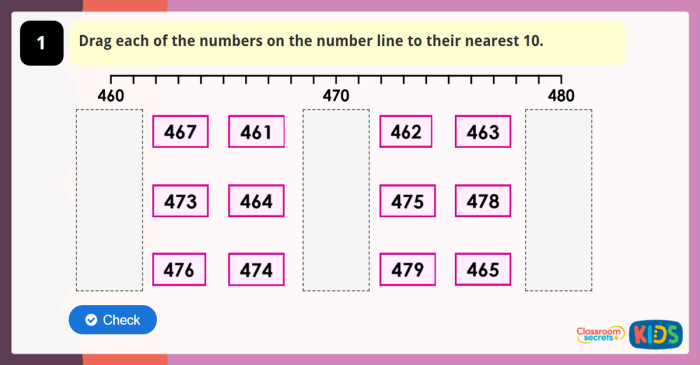
Rounding can extend beyond the nearest ten. It can involve rounding to a specific place value, considering significant figures, and applying rounding in scientific calculations and data analysis.
Rounding to a Specific Place Value
Rounding to a specific place value involves rounding a number to the nearest specified digit. For example, rounding 123.456 to the nearest hundredth would result in 123.
- To round to a specific place value, follow these steps:
- Determine the place value to round to.
- Look at the digit to the right of the desired place value.
- If the digit is 5 or greater, round up.
- If the digit is less than 5, round down.
- Change all digits to the right of the desired place value to zero.
Significant Figures in Rounding, Round 98 to the nearest ten
Significant figures are the digits in a number that are known with certainty, plus one estimated digit. When rounding, it’s important to consider significant figures to ensure the result is meaningful. For example, if a measurement is reported as 12.30, it has four significant figures.
Rounding it to 12.3 would result in a number with only three significant figures, potentially introducing error.
Rounding in Scientific Calculations and Data Analysis
Rounding is crucial in scientific calculations and data analysis to manage precision and accuracy. For instance, when multiplying two numbers with different significant figures, the result should be rounded to the least number of significant figures in the original numbers.
Similarly, when reporting data, it’s important to round the results to an appropriate number of significant figures to avoid misleading interpretations.
FAQ
What is the significance of rounding numbers?
Rounding numbers simplifies complex values, making them easier to work with and interpret while retaining their essential meaning.
When is rounding to the nearest ten used in real-life situations?
Rounding to the nearest ten finds applications in financial transactions, scientific calculations, measurements, and statistics.
What are the different methods for rounding 98 to the nearest ten?
The traditional method involves looking at the digit in the tens place. If it’s 5 or greater, round up; otherwise, round down.
